When thou shalt besiege a city a long time, in making war against it to take it, thou shalt not destroy the trees thereof by wielding an axe against them; for thou mayest eat of them, but thou shalt not cut them down; for is the tree of the field man, that it should be besieged of thee? (Deut. 20:19)
On Tu B’Shevat we celebrate the New Year of the trees. There is much to be said about the legal, ecological, homiletical, and mystical meaning of this day. And, indeed, much has been written about this minor holiday from these perspectives. In this post, however, I’d like to focus on the mathematical and biological aspects of this holiday that, to my knowledge, had not been discussed until now.
When the Torah rhetorically asks, “Is the tree of the field a man?” the Rabbis interpret this verse to say, “Man is like the tree of the field.” What is the connection between the tree and the man?
Trees have branches. And these branches have smaller branches. And those smaller branches have branches smaller yet. Every branch, no matter the size, looks like the whole tree. This property is called self-similarity on different scales and is the definition of fractal geometry. Fractals are mathematical shapes that are self-similar on all scales. (See my earlier post, Fractal Patterns in Time.) A tree is a classic example of a fractal shape. In fact, there is fractal called the fractal canopy:
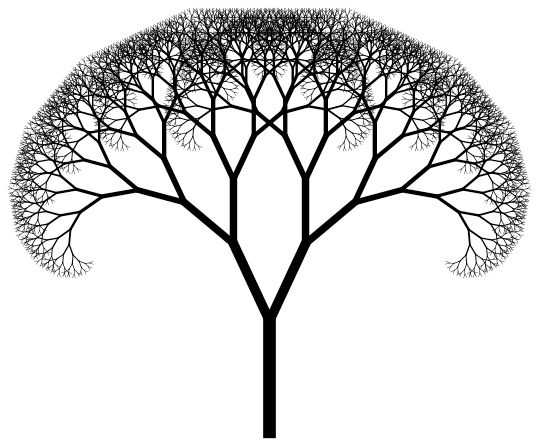
A snowflake is another iconic example.
Fractal geometry was developed by Jewish-American mathematician, Benoit Mandelbrot, in 1975. He realized that the shoreline, the mountains and much of nature have fractal shapes.

Fractals are very important not only because they describe the geometry of nature, but also because of their unique properties. For example, an antenna that has a fractal shape receives the broadest spectrum of electromagnetic frequencies. I used fractal geometry to design a heatsink where the heat-exchange elements branch out in a fractal fashion, thereby increasing heat exchange efficiency:
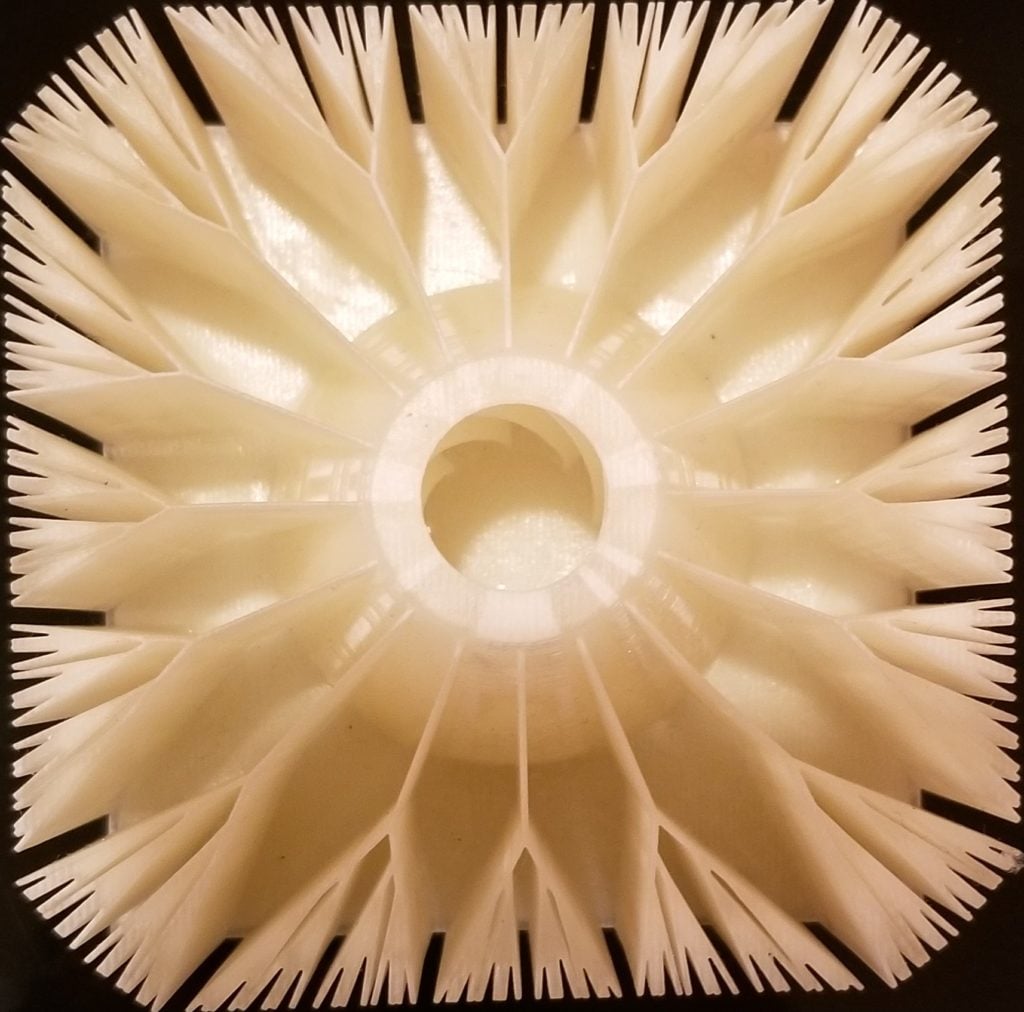
I received several patents for the fractal heatsink design.
If a tree is the symbol of fractal geometry, why is it compared to a man?
Just look at the structure of blood vasculature:
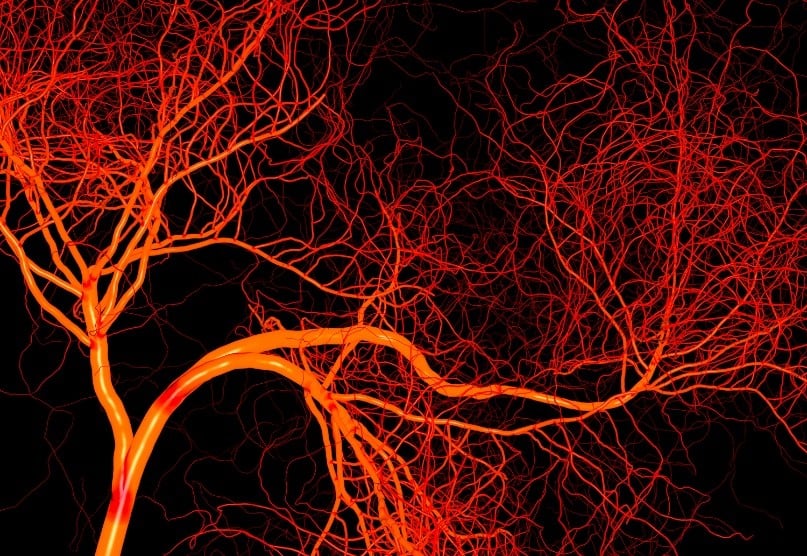
It is clearly fractal! So is the structure of lymph capillaries:
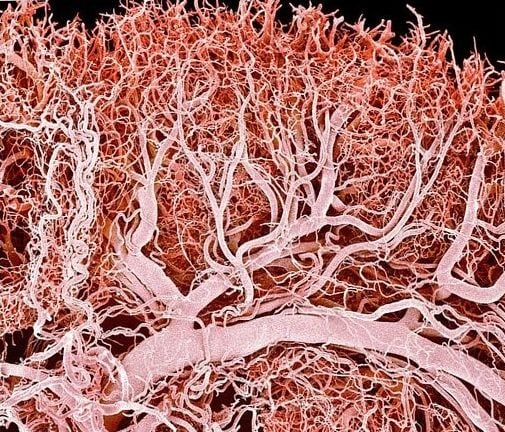
Our nervous system is fractal too:
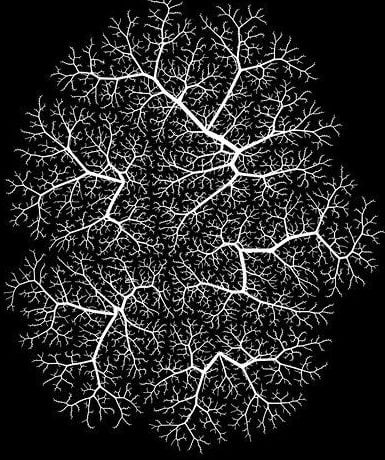
The lungs have clearly-defined fractal geometry:
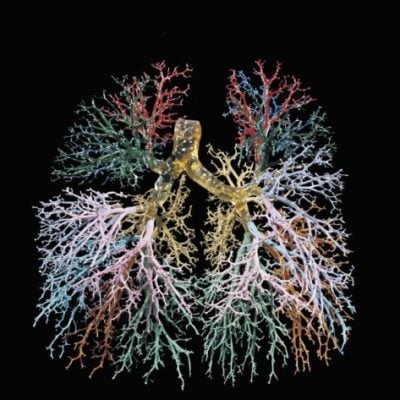
Bone matrix has a fractal structure as well. It is safe to say that every organ, every tissue in the body has some fractal aspect to it.
Organ morphology – why each organ and each species have a particular shape and size – is one of the biggest mysteries in biology. I speculate that it has to do with fractal geometry – various fractal algorithms, which define the differentiation of stem cells into a particular tissue, compete for scarce resources. Their interplay may determine the shape and size of a particular organ (or the whole species). While my hypothesis still remains to be proven, the role of fractals in geometry is indisputable.
On a mystical level, the human body is the embodiment of ten sephirot – ten Divine emanations.
In the universe of Tikun (which we inhabit, according to the Lurianic Kabbalah) each of the sephirot includes all ten sephirot within it, etc., ad infinitum. The sephirot in the universe of Tikun have a fractal structure. Maybe this is why the ten sephirot are called the sephirotic Tree.
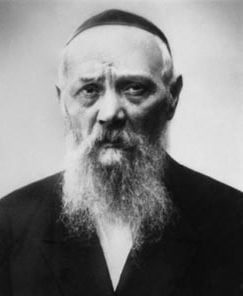
I am not the first to notice the fractal connection in Tu B’Shevat. Long before the word “fractal” was coined by Mandelbrot, a noted kabbalist, Rabbi Levi Yitzchak Schneerson (the father of the Lubavitcher Rebbe, Rabbi Menachem Mendel Schneerson), wrote about the following connection. In Mishnah, Tu B’Shevat is called Rosh HaShanah l’Ilanot—the New Year of the Trees. (Ilan in Hebrew is “tree”). Tu B’Shevat always falls on the Jewish month of Shevat. (There is a dispute among the sages of the Mishnah, whether the New Year of the Trees falls on the first or on the 15th day of the month, but all agree, it always falls in the month of Shevat.) Rabbi Levi Yitzchak pointed out that the numeric value (gematria) of the word “tree” – ilan – is the same as the numeric value of the name of the month – Shevat. However, if you count, you are in for a surprise – the numerical value of Shevat is 311 (300+2+9), whereas the numerical value of ilan is only 91! What is going on here? The secret lies in the fact that the Hebrew aleph-bet is fractal too. Each letter, besides its numeric value and sound, has a name, which can be spelled out with the letters each of each has a numeric value of its own. Adding up all these numbers gives the full numeric value, called milui (“full” in Heb.) Let’s calculate the full numeric value of the word ilan – tree:
| Letter | Name | Gematria |
| א | אלף | 111 |
| י | יוד | 20 |
| ל | למד | 74 |
| ן | נון | 106 |
As it turns out the full—fractal—value of the word ilan is indeed 311 (111+20+74+106), exactly as the numeric value of Shevat! (see Mystical Insights Into the New Year for Trees).
Now we see how all pieces of the puzzle fit together. The New Year of the Trees (ilan) is fractally connected with the months of Shevat. The Torah compares a man to the tree in the field hinting at its fractal structure, essential to the biology. And underneath it all lies the fractal sephirotic structure of the ten Divine emanation – inter-included Sephirot forming the sephirotic tree – the Tree of Life.
Happy Tu B’Shevat!
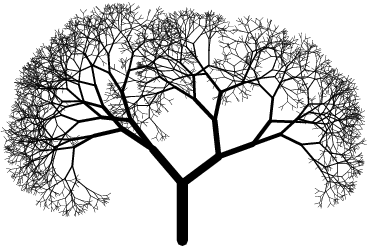


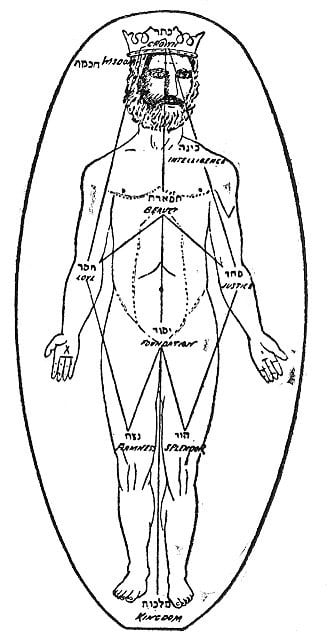
Fascinating.